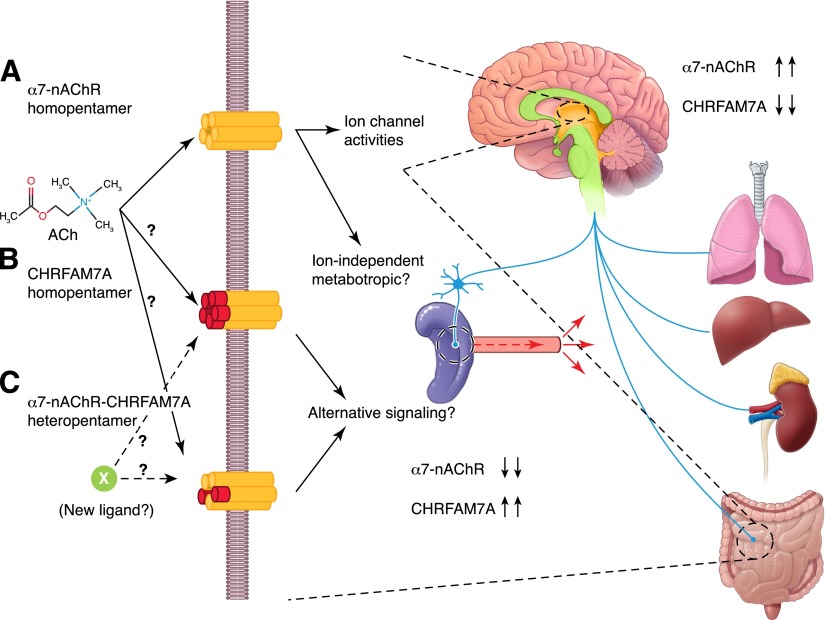Figure 5. Vagus nerve control of inflammation may be unique in humans.
Traditional models of ACh action presume its binding to the α7nAChR, thereby inducing a conformational change in the homopentamer channel that allows calcium entry into the cells and changes in plasma membrane voltage (A). The overexpression of CHRFAM7 in cells suggests that a novel homopentamer might form on the cell surface that replaces the 186 aa N terminus of α7nAChR with 27 aa of FAM7A (B). Its function is unknown, and it might have decreased affinity for Ach or alternative affinity for a new, currently unidentified ligand. In cells that express similar levels of α7nAChR/CHRNA7 and dupα7nAChR/CHRFAM7A (C), it is reasonable to propose that a heteropentameric channel might form on the surface with altered sensitivity to Ach or perhaps affinity for a heretofore unidentified ligand, such as SLURP1 and -2. Examining the relative distribution of α7nAChR/CHRNA7 and dupα7nAChR/CHRFAM7A gene expression, the differences are most striking in the comparison of CNS with peripheral tissues. Current models of α7nAChR activity do not distinguish the preponderance of α7nAChR in the brain (see arrows) and the overexpression of CHRFAM7A in leukocytes, epithelial cells, and peripheral tissues.

